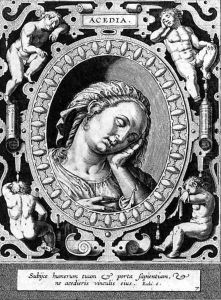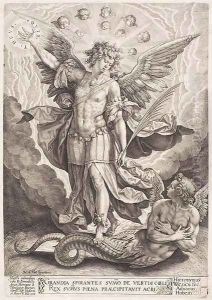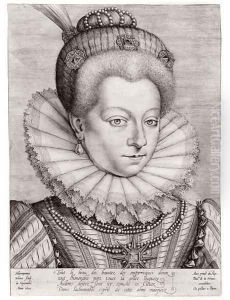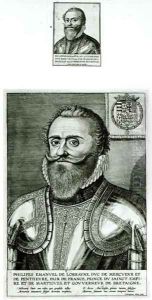Hieronymus or Jerome Wierix Paintings
Hieronymus Wierix, also known as Jerome Wierix, was a Flemish engraver and member of the prolific Wierix family, which played a significant role in Northern European printmaking during the late Renaissance. Born in 1553 in Antwerp, then part of the Habsburg Netherlands, Hieronymus was the younger brother of Johannes Wierix and the older brother of Anton Wierix II, both of whom were also accomplished engravers. The Wierix brothers were known for their highly detailed and delicate engravings.
Hieronymus became a master in the Antwerp Guild of St. Luke in 1572, which marked the beginning of his professional career. His works included religious subjects, portraits, and illustrations for books. His output was prolific and his craftsmanship was highly regarded, with a style characterized by meticulous attention to detail and a fine technique that allowed for a high degree of precision. His engravings were often based on the works of leading artists of the time, such as Albrecht Dürer, Pieter Bruegel the Elder, and Hans Holbein the Younger.
Despite his success, Hieronymus's life was marked by personal struggles, including conflicts with the Guild and financial difficulties. His behavior was often erratic, and he was known to lead a somewhat tumultuous life, which sometimes interfered with his work and business relationships. Nevertheless, he produced a body of work that was widely disseminated and collected, influencing the development of printmaking in Europe.
Hieronymus Wierix continued to work until his death in Antwerp in 1619. His engravings have been held in high esteem by collectors and art historians, and they can be found in major museums and libraries around the world. The Wierix family, with Hieronymus as a key figure, left an indelible mark on the history of engraving, and their prints continue to be studied for their technical excellence and their contributions to the visual culture of the Renaissance.



